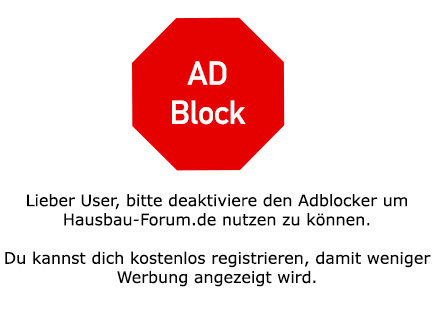HausiKlausi
2022-03-11 11:23:24
- #1
Often, the heating systems are configured by the companies so that the customer does not complain about rooms being too cold. This means: They usually run completely oversized and thus inefficient.
The goal (therefore also the heating load calculation) is that theoretically, the desired room temperature can be achieved without valves (i.e., everything set to "5"). Then, you run the ideal flow temperature and also protect the heating system by avoiding too frequent cycling. For starters, you can test by lowering the heating curve in 0.1 steps and see if it is sufficient (last display on the screen). We currently operate after some optimization with 0.8. You can’t break anything there. If it is too cold, revert back to the old values. (And read the flow temperature at 0 degrees AT. Then you have a comparable reference point).
The goal (therefore also the heating load calculation) is that theoretically, the desired room temperature can be achieved without valves (i.e., everything set to "5"). Then, you run the ideal flow temperature and also protect the heating system by avoiding too frequent cycling. For starters, you can test by lowering the heating curve in 0.1 steps and see if it is sufficient (last display on the screen). We currently operate after some optimization with 0.8. You can’t break anything there. If it is too cold, revert back to the old values. (And read the flow temperature at 0 degrees AT. Then you have a comparable reference point).
